How Maricopa Community Colleges are Leading with Workforce-aligned Bachelor’s Degrees
Diverse: Issues in Higher Education
APRIL 3, 2025
As an educator myself, who taught high school mathematics in the community I called home, I know firsthand the level of preparedness K-12 teachers need to be successful for their students. By partnering with Intel, our curriculum prepares students for real-world application.

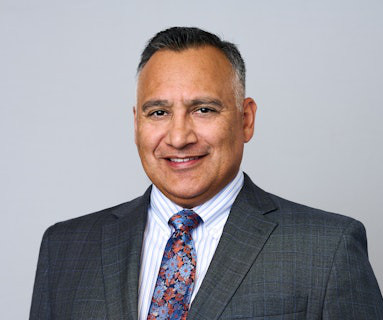

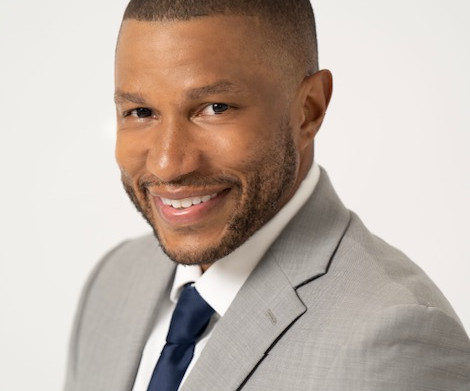



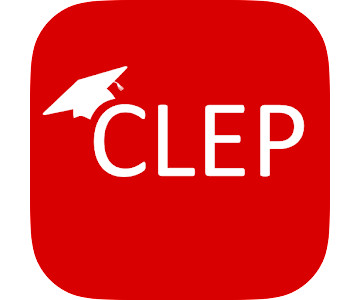
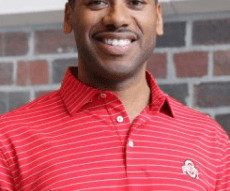
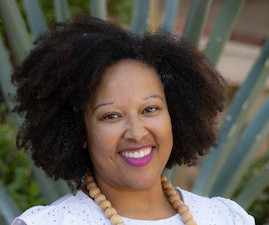







Let's personalize your content